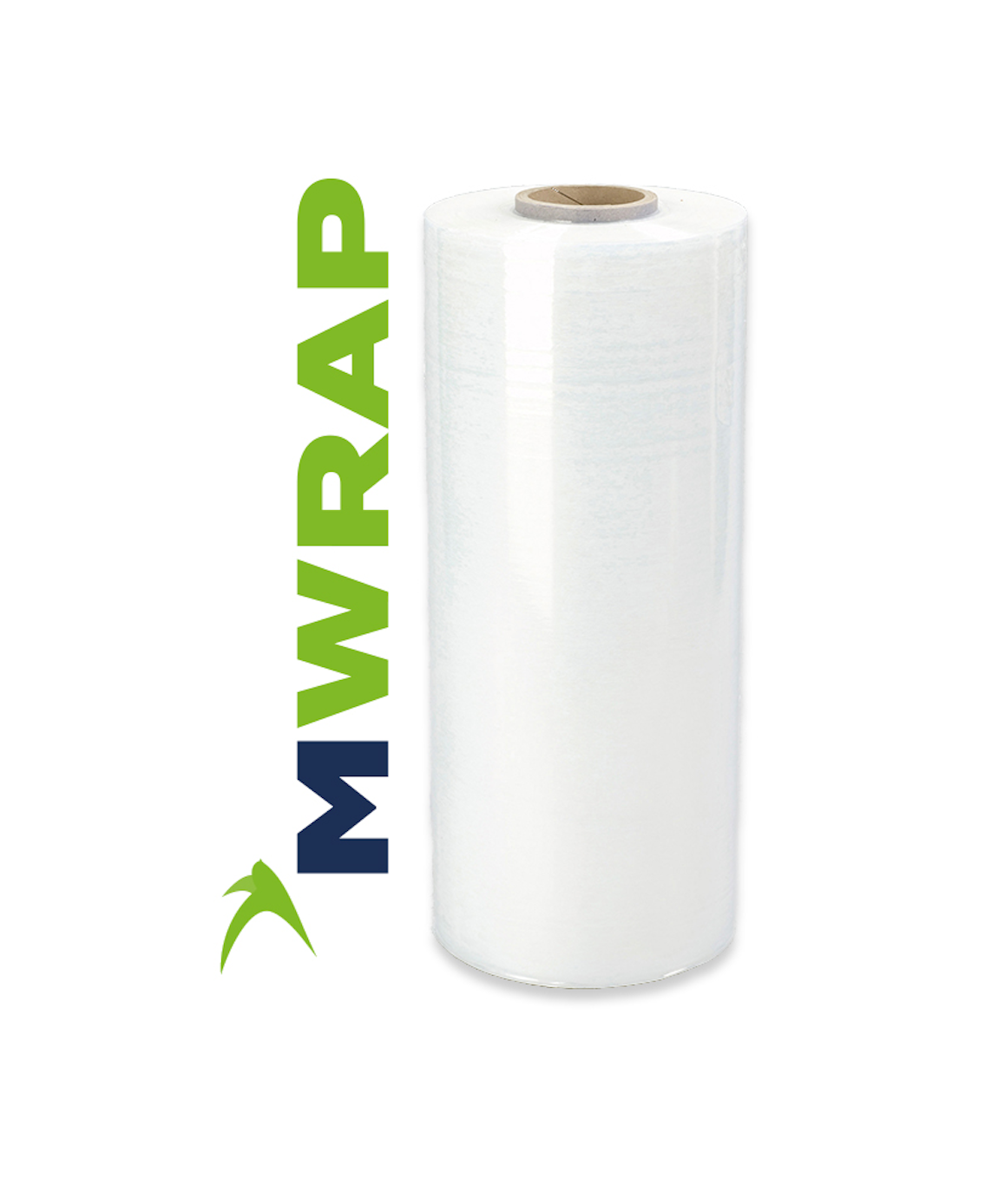In 2021, CO2 levels were at the highest concentration in the atmosphere in 4.5 million years! This amount of greenhouse gas in the atmosphere is what drives the dangerous levels of global heating around the world.
Due to the amount of CO2 that is produced when manufacturing products, businesses massively contribute to global warming. This is why businesses are trying their best to cut down on the carbon emissions they produce within their operations by committing to Net Zero targets. This is pushed further by regulations such as Task Force on Climate-Related Financial Disclosures (UK) and Corporate Sustainability Reporting Directive (EU) that came into force in January 2023.
Plus, over 4,000 companies worldwide are setting emissions reduction targets through the Science Based Target Initiative. These science-based targets show businesses how much and how quickly they need to reduce their greenhouse gas emissions to prevent the worst impacts of climate change, in order to lead them onto a clear path toward decarbonisation.
So, what role does packaging play in lowering carbon footprint? To calculate carbon footprint, you need to look at greenhouse gas emissions that are created during the production of packaging. This includes looking at the raw materials used, and the design process. Following this, transportation of the raw materials and how the product is recycled afterwards also need to be considered.
Within this article, we will explore how to reduce your carbon footprint within your packaging operations.







